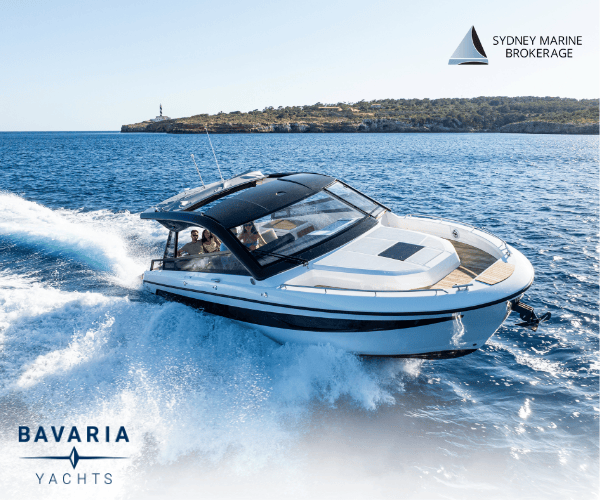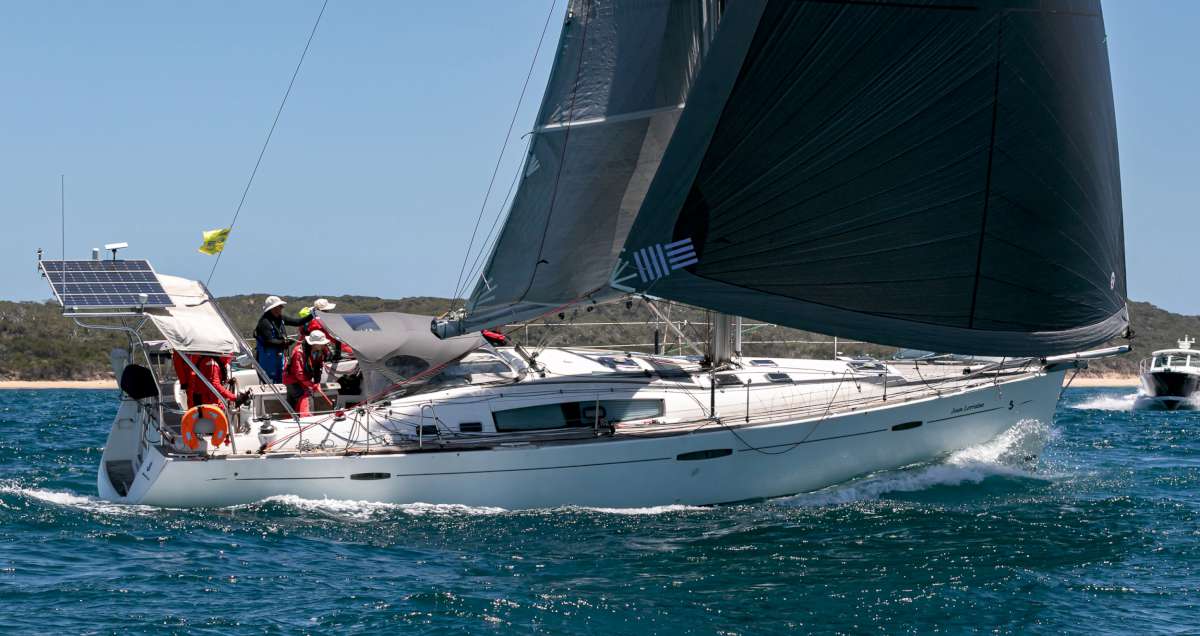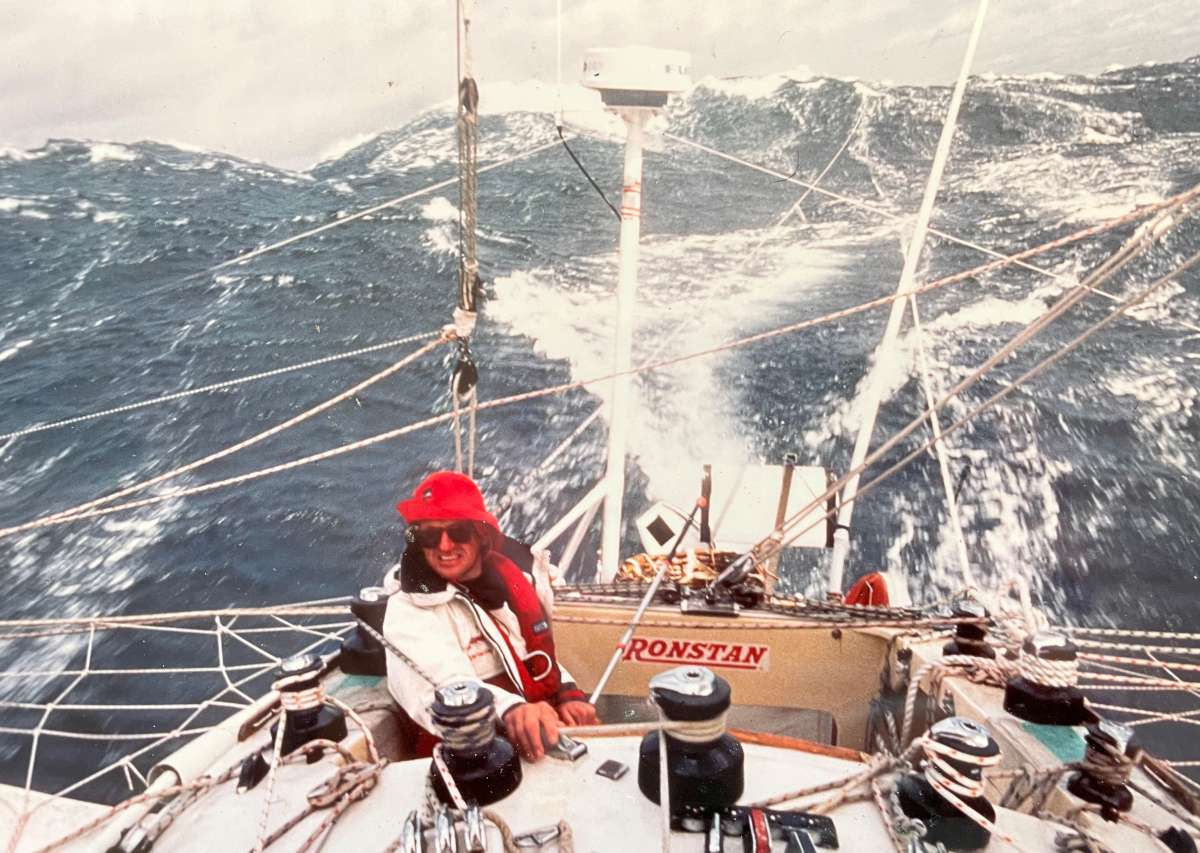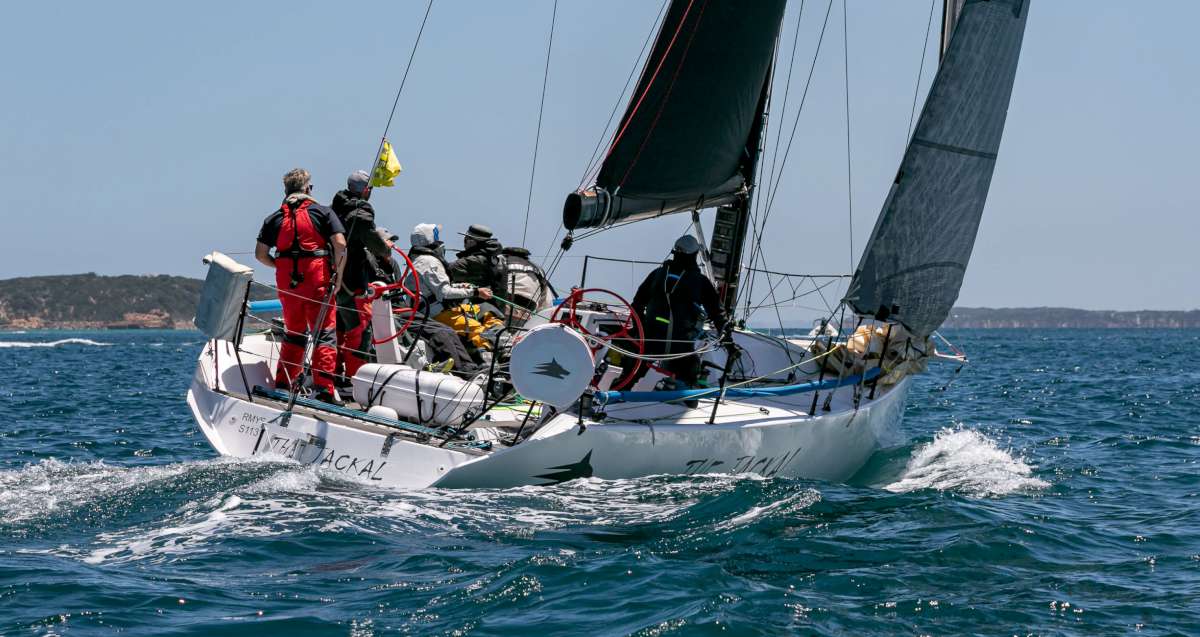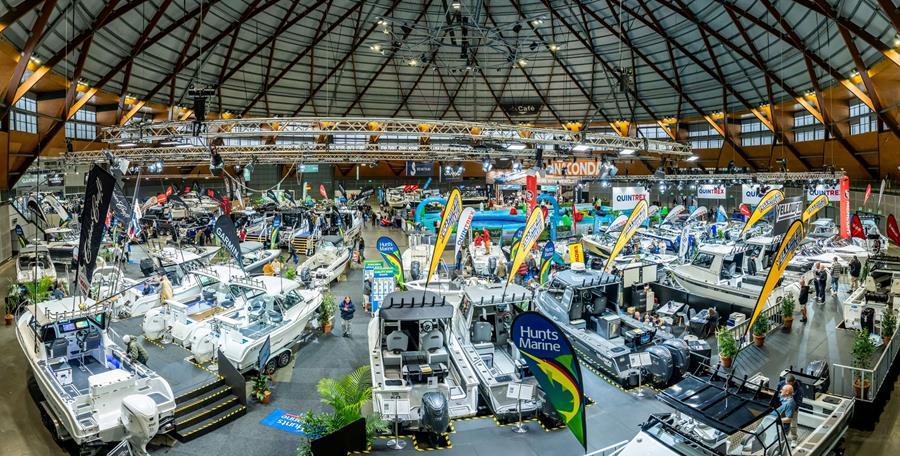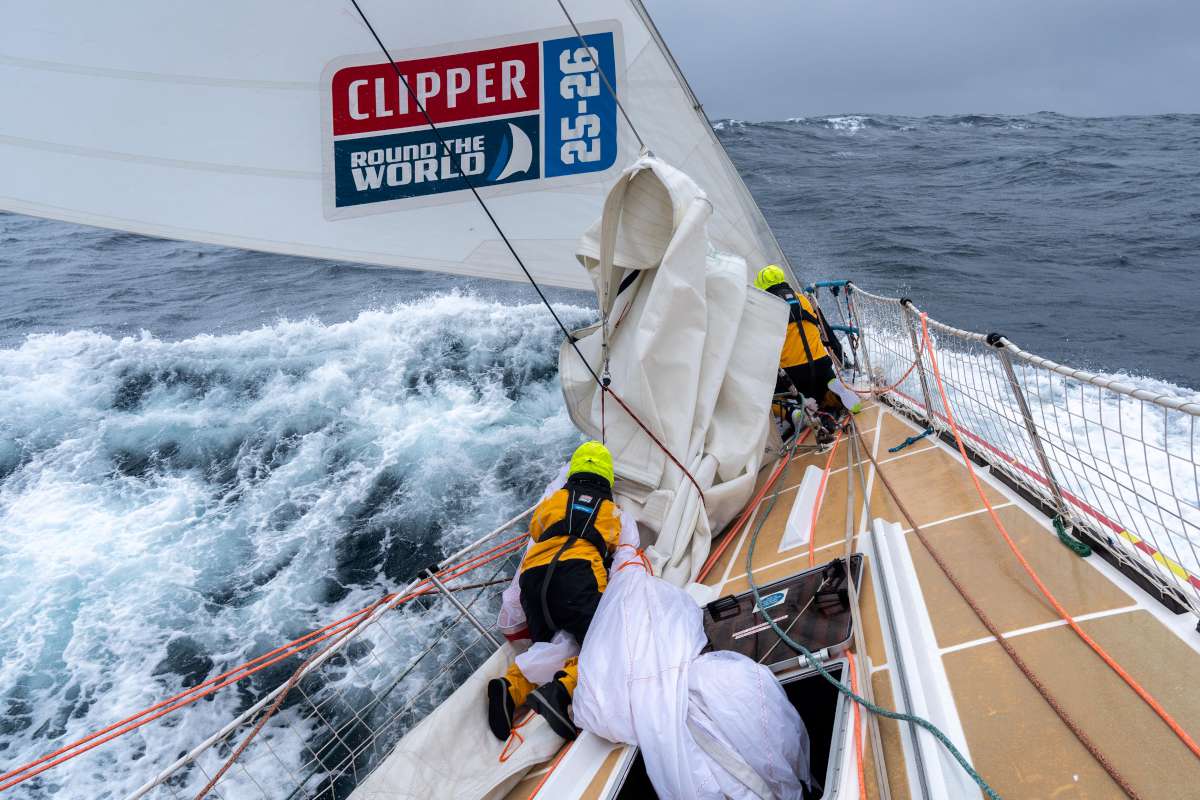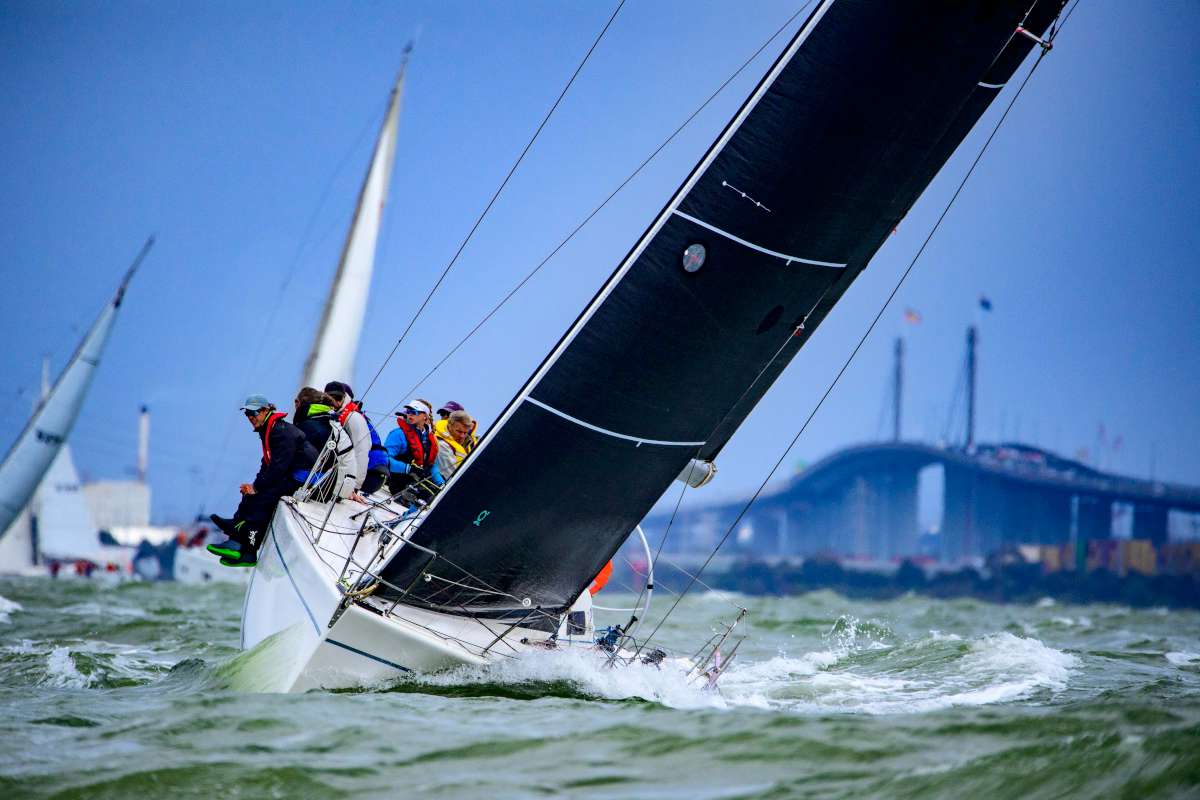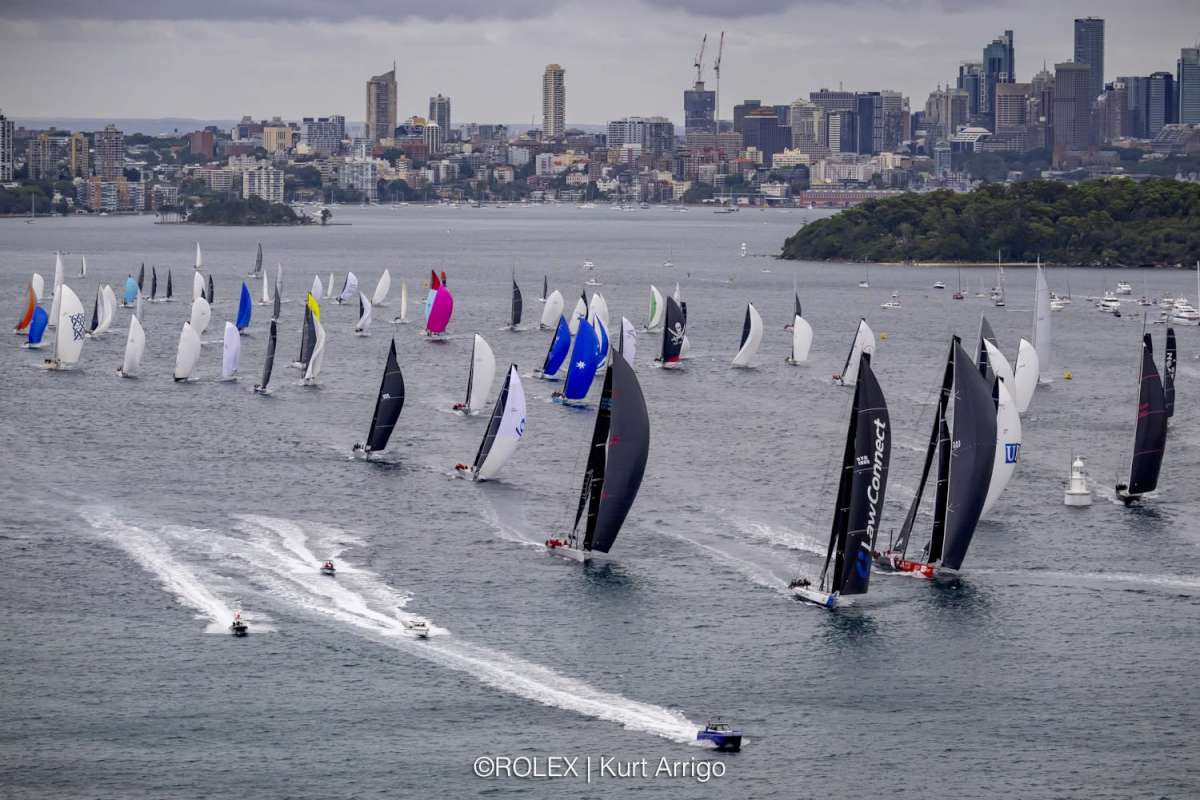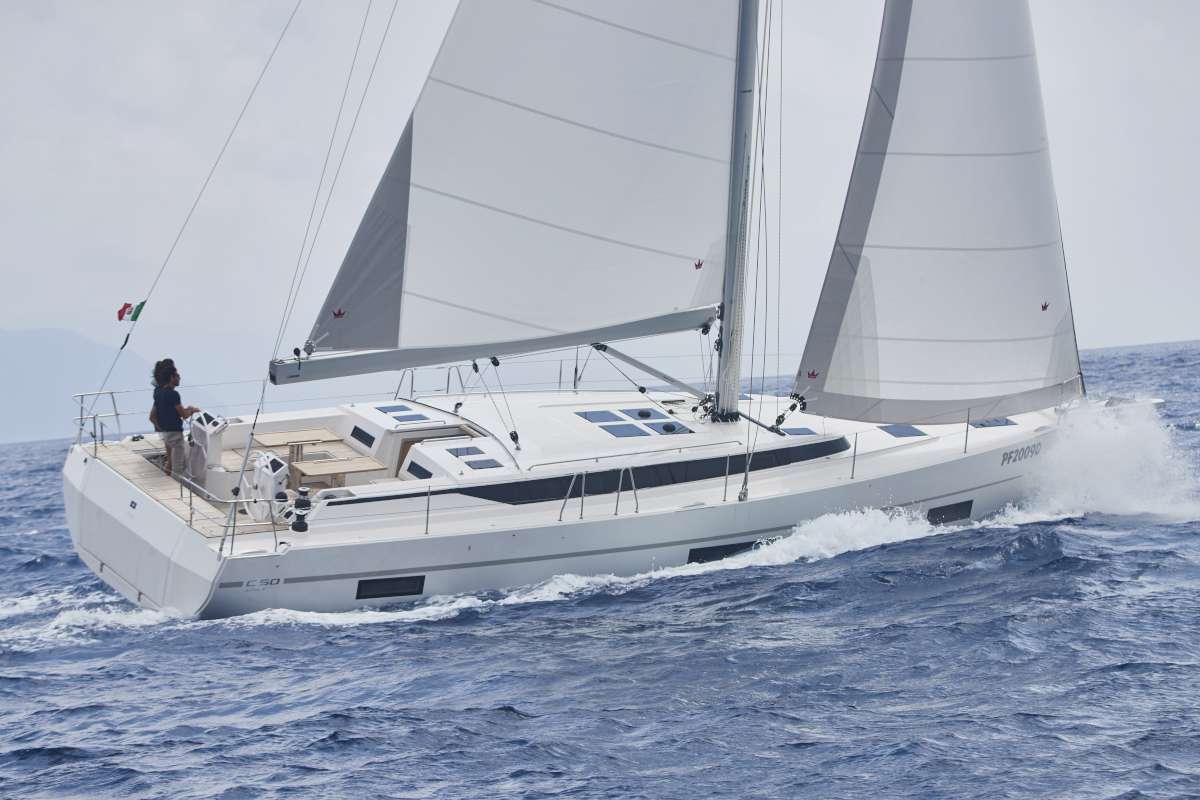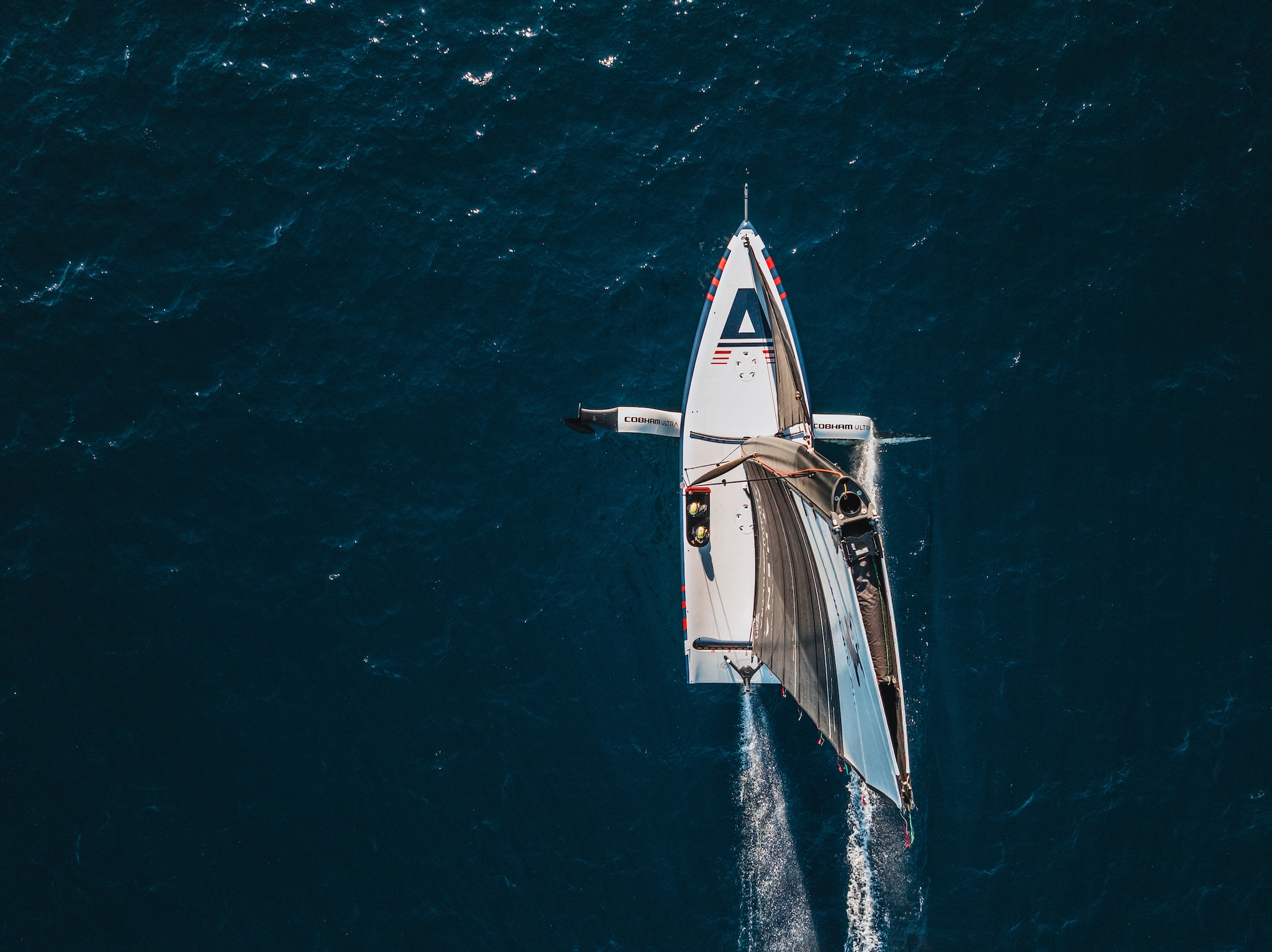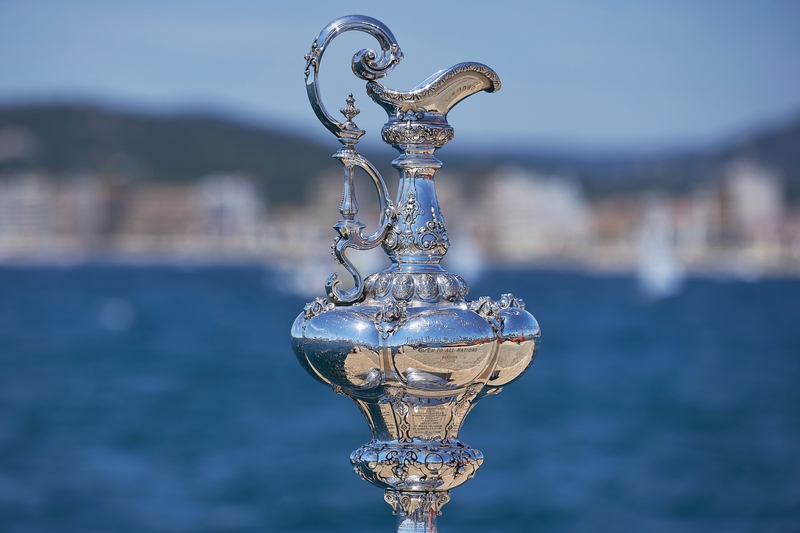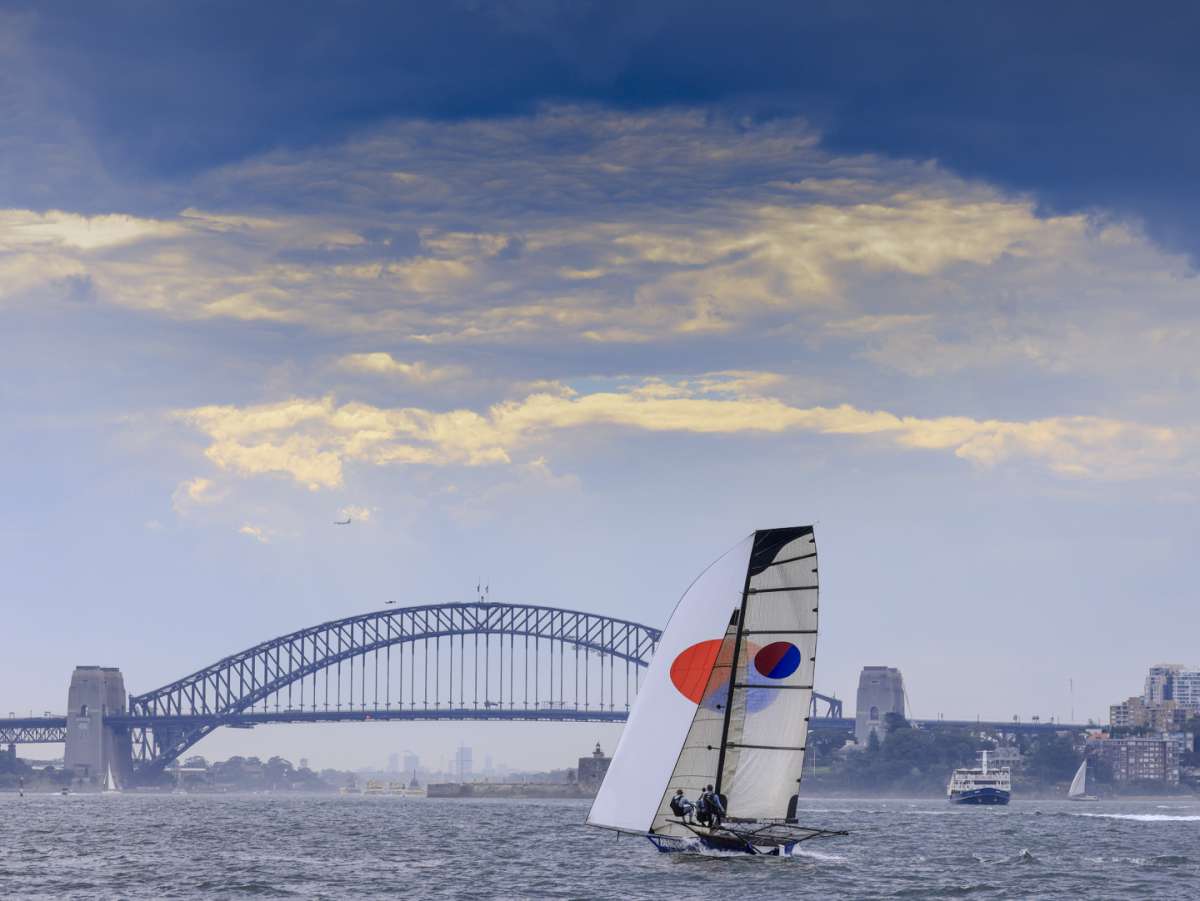Practical: Moving on board
So you're planning liveaboard cruising with kids? Rohsaan McInnes gives the low-down on a subject that many parents approach with trepidation.
How do you live on a boat with young children? After some initial modifications, we have discovered that even a family of five can live on board a boat quite comfortably. Our children are aged five years, two years and five months old and to them our home is as safe and mundane as any other.
When we told people we were moving onto a boat with our children, there were basically two responses: “Oh, that's great, you're so adventurous” or, more often, “oh, how will you stop the children falling into the water?” (said with a worried look on their faces). Even though I tried to pretend otherwise, it was quite irritating when people's first response was one of worry. Living on a boat with young children isn't as difficult as it might seem. Besides, doesn't anyone have a sense of adventure anymore?
Background
When I met my partner, Mark, he was already living on a boat, so it was clear from the start that his plans were to go sailing. My dream had always been to one day travel the world with my children. Thus, our joint plans for the future evolved naturally. We decided to save for a few years for a bigger boat, have some children in the mean time and then go sailing around the world.
Mark's boat, Gamelyn, a narrow 10m sloop, was too small for the purpose, so reluctantly Mark rejoined the landlubbers until we could afford a bigger family-sized yacht. When our mid-2005 deadline for boat ownership was almost upon us, our sad bank balance looked as though it might only stretch to buying us a second-hand dinghy. Fortunately, in July of that year, Mark won half of the money for the big boat on a game show. So, armed with a big cheque, a grey cat and two small children, we moved on board our new 50ft ketch, Hellebore, in October 2005.
Alterations
Before moving day could arrive though, there was a list of boat alterations and improvements to work through. The first of these to be attended to was the toilet. The original toilet was definitely not child friendly. It was the old marine type, which involved turning valves and switches on and off and it used outside water for the flush (which if done wrongly, could have sunk the boat). Not a good idea if you live with two sets of fiddling fingers. The toilet was modified to use only tank water from inside the boat for flushing and one simple switch to operate it. This means that children and visitors alike can now use the toilet on their own.
The next most important thing to adjust was the children's sleeping arrangements. The room we intended for the children was at the front of the boat and contained a V-berth. This would have been fine for Emlyn, who was four at the time, but not for Arduin, the nine-month-old baby. We clearly needed some form of cot, to stop him falling or climbing out of bed. We decided to install another bunk above the port berth, and cage in the bottom bunk. The top bunk we used for Emlyn, and the longer bottom bunk was split into two cots (because we'd planned a third child). Next, the sides of the cots needed to be closed in. Dowel bars with three coats of marine varnish are functional and look good, but instead we used soft nylon netting on plastic hooks – it's quicker and easier to install. In the larger cot there was a netting gate to let the occupant in and out, and in the smaller cot, it opened up simply by unhooking the netting at the top and sides. A closed-in bed is especially important to stop young children from roaming the boat on their own in the early morning, before parents are up. You never know what they could get up to on a boat.
Arduin now sleeps in the bigger of the two cots. This one is only half under the upper bunk and so he can stand fully upright at one end of his pen. The new baby, Mawson, currently sleeps in our room, in a basket mounted on the wall above my side of the bed. This is very convenient for night-time feeds. We will eventually move him into the small cot.
Toy storage
Next on the list: Where to put all of the children's toys. In the kids' bedroom there was a floor-to-ceiling wardrobe consisting only of hanging space. This wasn't very useful and so Mark removed the doors and converted it to shelves to put toys on. This worked well because the baby toys and communal toys can be kept on the bottom three shelves, within reach of Arduin, and the top two shelves are reserved for older children's toys (like bits of board games that a baby might swallow).
Because the wardrobe was going to be used for toys, the children's clothes had to be kept in the little cupboards/shelves under the beds. As you might imagine, there is not much room in these cupboards, and so I had to cull back the children's extensive wardrobes dramatically.
With the toilet, the beds and the toys taken care of, the final thing to attend to before moving on board was the stove. Being a boat's stove, it was low to the ground and therefore very accessible for little fingers. We are fortunate that on our boat a wooden pillar near the front of the oven gives us something to attach netting to, to prevent child access. In galley kitchens a child-gate could be easily placed across the walkway to bar access to the entire kitchen, but in an open kitchen a barrier would have to be constructed. Ovens and stoves running on liquid fuel are especially dangerous for young children and so barriers should be a top priority. We also had to put a barrier in front of the navigational instruments and lock up all of the chemicals, cleaners and dangerous items of every type.
Moving on board
Once these things were done we were ready to move on board. Something we didn't think of beforehand though, was the lack of a bath for the baby. As babies really need to be bathed rather than showered, I tried using the laundry sink for this purpose. Arduin was a rather big lad, and therefore didn't fit too well in the sink. Water just ended up everywhere. So we eventually came up with the big-plastic-gardening-tub bath. We placed this in the shower recess, which solved the problem of water going where it shouldn't, and with a few bath toys added, bath time became a most enjoyable event.
Hot bath water was an issue at the start. We either had to run the engine to heat up the water or else boil it in many pots on the stove. Now, we have a gas-fuelled camp shower, which is quiet and convenient to use, so we can easily fill up the gardening tub for the kids' baths and, for us, showers can now go for a decent length of time. We didn't realise how much hot water we needed each day before moving onto a boat that didn't have any.
Places to play
A few days after we moved on to Hellebore, another thing occurred to me that I hadn't thought of before. Our new home doesn't contain very much floor space on which the children can play. Young children spend most of their time on the floor, either playing or crawling, and on our boat they have nowhere but the walkways in which to do this. I would recommend to other parents of young children who are boat hunting, to get as much floor space as their budgets will allow. Otherwise your life will become one of always stepping over toys or — my favourite – stepping on little bits of Lego with bare feet, because the walkways inevitably become their play zones.
To compensate for this lack of floor space, we have come up with a few alternatives. For example, our bedroom contains a bed of approximately queen-size dimensions, but underneath it is empty space.
Sometimes we throw a few blankets and pillows under the bed and then send the kids in with a torch.
This makes for a great play area. At other times the kids find their own places to play. Once or twice I've caught Arduin sitting up on the table, totally enthralled in whatever toy he'd taken with him. When Emlyn wants to play with toys containing small pieces, to keep them away from the younger children, he either sits up on his bed or on ours. He also goes to either of these places when he just wants to play on his own.
Safe as houses
Finally, this brings us to the boat's deck and to the question of how you stop the children falling in the water. Our eldest son, Emlyn, was four when we moved to the boat and Arduin, our second son, was nine months old. Our children falling into the water seemed to be a preoccupation for almost everyone who heard about our new living arrangements. Were we too relaxed about the possibility of a drowning? I don't think so. For starters, Arduin was still a baby and was unable to even get out onto the deck on his own, let alone climb the rails. Once he could crawl and started to climb the companionway steps to the door, we simply slid the hatch open and locked the door from the outside. Now that Arduin is two, he is allowed on the deck with supervision. We have fastened netting to the guard rails to avoid accidental falls, and the slower climb clear over the rails would be thwarted by the alert supervisor, not that either of them has ever attempted it. Emlyn is now five, and able to swim, and so he is allowed out on the deck on his own. We have allowed each child as much freedom as they showed they were ready for.
In almost two years of boat-living, the most we have lost overboard is a ball, a complete school uniform (I should have pegged it to the rail!) and some buckets, which were subsequently rescued using the rowboat.
Safety for the children is, of course, always our first priority, just as it would be in a house. Dangers in a house are more familiar to most of us but after the initial adaptation period, boat dangers don't seem nearly as foreign or as daunting.
The good bits
I have occasionally been asked, by friends and strangers alike about why I would want to live on a boat? What we have given up by moving onto the boat is obvious to most people and so I often find myself justifying why on earth we did it. In the long term we want to give the children the chance to learn foreign languages while they are still young and while language acquisition is easier. We hope for them to learn French in New Caledonia, Spanish in Chile and German while in Germany, where Mark has relatives. Mark and I expect to experience new cultures, live a more relaxed lifestyle during our years on board and enjoy watching the children grow and meet new challenges.
However, in the meantime there are still many things we can enjoy in our homeport. During the summer, for example, one of the kids' favourite things to do is to paddle in their blow-up pool in the cockpit. As we live on the river, we can take advantage of the meandering boardwalk which passes right next to the marina, plus there are cafes, fish and chip shops and ice-cream shops within a hundred metres of our door. Also, we are often greeted by our swan and duck friends while walking along the floating piers to or from the boat. The kids enjoy watching the fish and eels that swim around below our hull and sometimes play pretend fishing games with bits of string and a stick. A few weeks ago, Emlyn's entire kindergarten class even came on an excursion to see the boat. Emlyn was very proud to show it off to all of his friends.
The next step
So now that we are living on board, where to next? In 2007 we will sail to Brisbane and spend some time paying off the rest of the boat and getting some sailing experience in, especially for me. In three years our destination is New Caledonia and then the Pacific Islands, South America and beyond.
Author's bio.
Rohsaan McInnes, her partner Mark Grube and their three sons, lived on their ketch Hellebore in Launceston, between mid-2005 and the start of 2007. They have since moved to Queensland and plan to buy a catamaran in 2008, in which to continue their travels.
FEATURES OF A CHILD-FRIENDLY BOAT
* A toilet that won't sink your boat if wrongly used.
* Beds with netted or barred-in sides for children under three.
* An accessible place to store toys.
* Guards around oven/stove and navigational instruments.
* Somewhere to bath a child, eg gardening tub.
* An easy method of making hot water.
* Plenty of floor space.
* Child-proof door and hatch locks.
* Meshed in guard rails.



